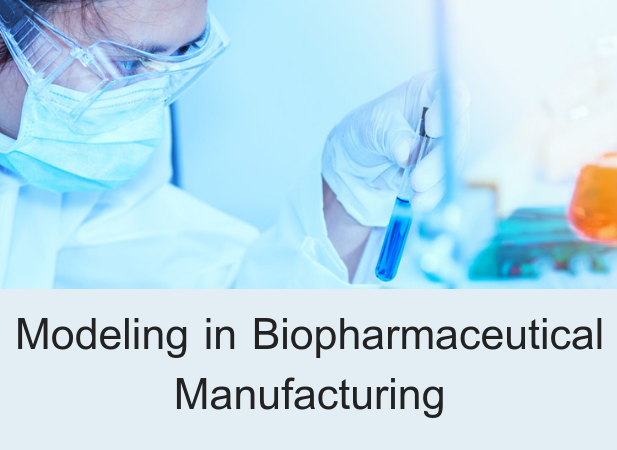The future of the pharmaceutical industry is inseparably connected with the rapid development of biopharmaceutical technology. The basis of biotechnological production of drugs comprises of various biological processes. These drugs include various vaccines, preparations for allergen-specific and gene therapy, drugs and other useful pharmacological products. Biotechnologies are continuously being improved to provide consumers and patients with the highest quality of products.
Modeling allows developers to develop and expand the production of biopharmaceuticals, as well as to study their effects on living organisms, that is, to investigate how different biomolecules that can be delivered to the body with the help of viruses and bacteria affect it. The Internet will share several examples for you that reflect the effects of biopharmaceuticals in modern drugs’ manufacturing.
It is also possible to optimize the production processes of the synthesis of biopharmaceutical preparations with the help of modeling. As a rule, a similar problem arises already after a new biomolecule is created or isolated and the process of mass production of a developed drug begins.
Modeling allows you to answer the question of how better to organize this process. And when it comes to living organisms (for example, the use of living cells in the production process), both of these types of modeling, despite their differences, can be used.
In general, modeling is a powerful means for improving the quality of biopharmaceuticals and optimizing the processes underlying their production. It not only reduces the time for the development of final products but also helps to test new hypotheses, simplifies the process of product improvement and opens up new development methods.